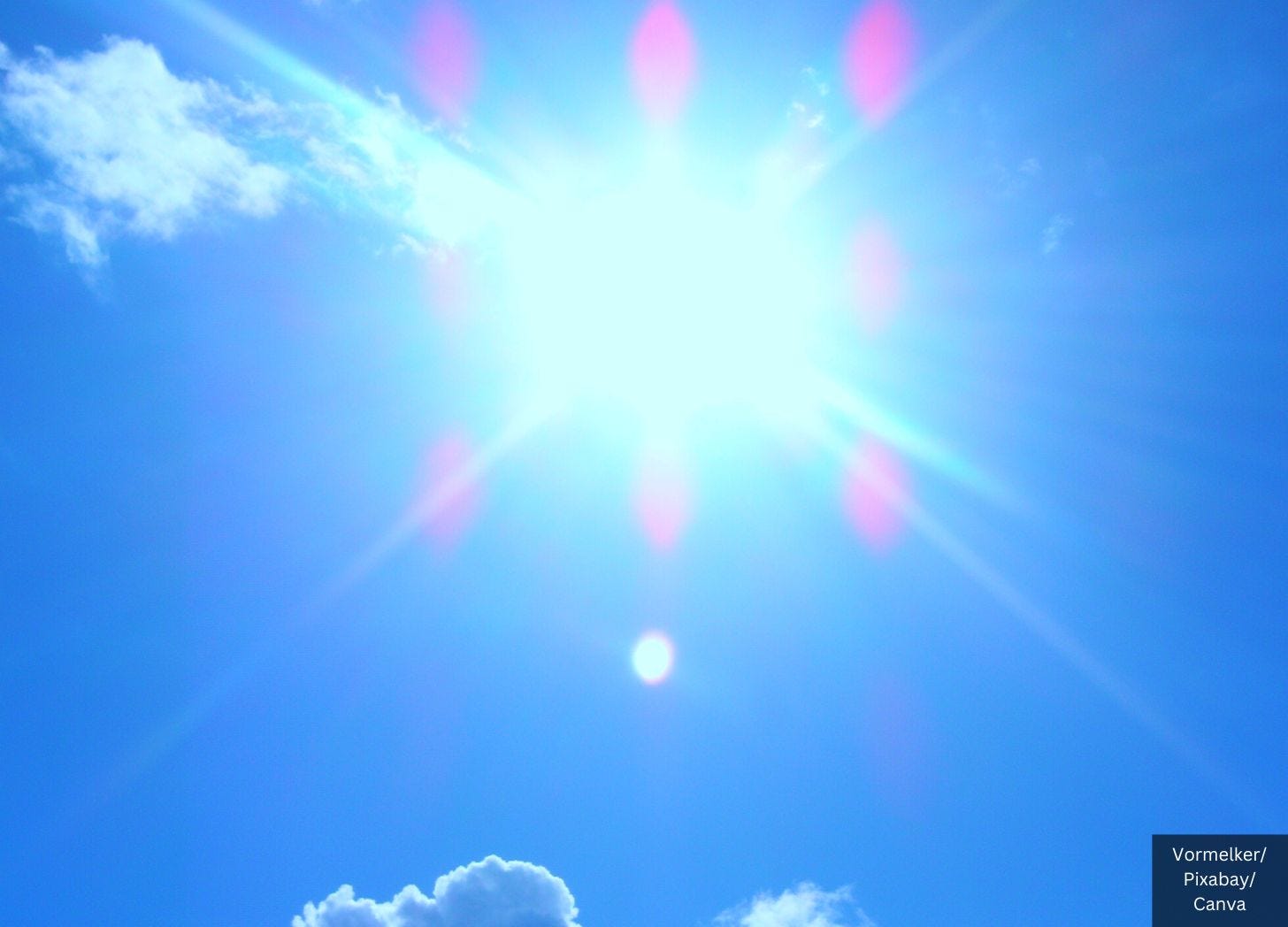'Climate Researchers' Want to Block the Sun by Injecting Aerosols Into the Sky: MIT Review
In the name of "climate change," spraying chemicals into the sky to block the sun is no longer an "imaginary sociotechnical scenario residing in a distant sci-fi future."
A February publication in MIT Technology Review explains that researchers have been working on injecting particles into the stratosphere to reflect sunlight for a long time.
Follow Jon Fleetwood on Instagram @realjonfleetwood / Twitter @JonMFleetwood
So-called “climate change” is their motivation for blocking the sun by spraying chemicals into the air above us, a form of solar geoengineering called stratospheric aerosol injection (SAI).
“For half a century, climate researchers have considered the possibility of injecting small particles into the stratosphere to counteract some aspects of climate change,” the MIT article reads. “The idea is that by reflecting a small fraction of sunlight back to space, these particles could partially offset the energy imbalance caused by accumulating carbon dioxide, thereby reducing warming as well as extreme storms and many other climate risks.”
The practice of spraying chemicals into the air raises human health concerns and questions about its negative impact on the environment.
For example, sunlight plays an important role in mental health and protects against chronic disease and death.
Follow Jon Fleetwood on Instagram @realjonfleetwood / Twitter @JonMFleetwood
Sunlight also sustains life on Earth by fueling photosynthesis, driving weather patterns, ocean currents, and the hydrological cycle, and enabling the existence of liquid water, vital for all life forms.
The MIT article authors explain their vision to spray chemicals over multiple countries:
We envision scenarios where, instead of attempting to inject aerosols in the most efficient way near the equator, a country or group of countries attempt to place a smaller amount of material in the lower stratosphere at higher latitudes. They could do this with existing aircraft, because the top of the troposphere slopes sharply downward as you move away from the equator. At 35° north and south, it is found at roughly 12 kilometers. Adding a 3 kilometer margin, an effective deployment altitude at 35° north and south would be 15 kilometers. This remains too high for airliners but is just below the 15.5 kilometer service ceiling of top-of-the-line business jets made by Gulfstream, Bombardier, and Dassault. The list of countries with territory at or near 35° north or south includes not only rich countries such as the US, Australia, Japan, South Korea, Spain, and China, but also poorer ones such as Morocco, Algeria, Iraq, Iran, Pakistan, India, Chile, and Argentina.
The authors boast that blocking the sun with aerosols is accomplishable in less than a decade.
They argue that while SAI is “sometimes described as an imaginary sociotechnical scenario residing in a distant sci-fi future,” the practice is “technically feasible to start subscale deployments of the kind we describe here in five years” among a “coalition of states.”
Follow Jon Fleetwood on Instagram @realjonfleetwood / Twitter @JonMFleetwood



Those in this decision making process should be given a mental evaluation.
www.Geoengineeringwatch.org
its' been spray spray spray for over twenty years. Largely responsible for drying out
the atmosphere, droughts, aluminum/barium in soils/plants/sources of water. Yet,
this is a brilliant way to affect everything and everyone, even organic and pastured.
I honestly believe earth would have been better off without us humans on it,
we have been disrespectful, selfish, and greedy caretakers....